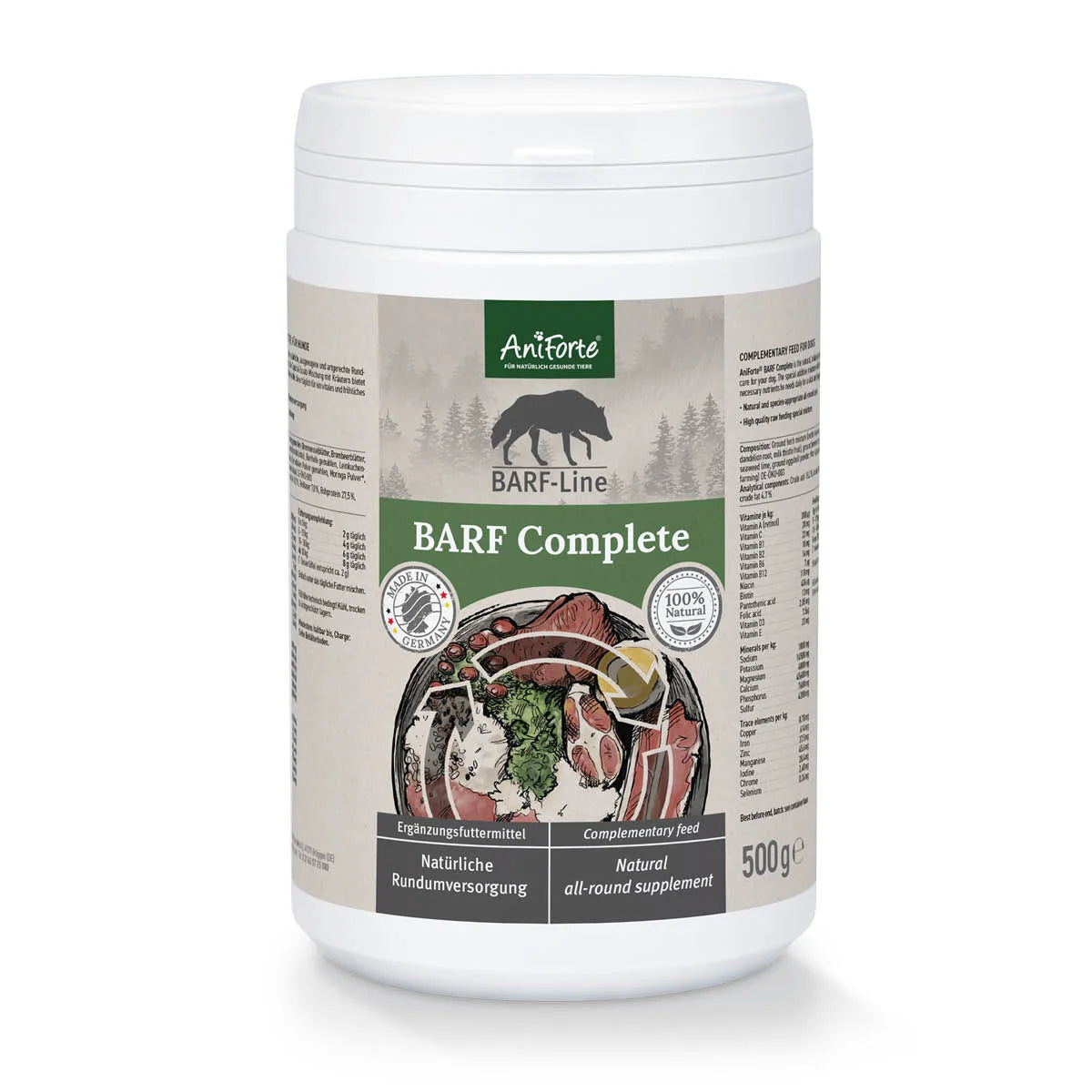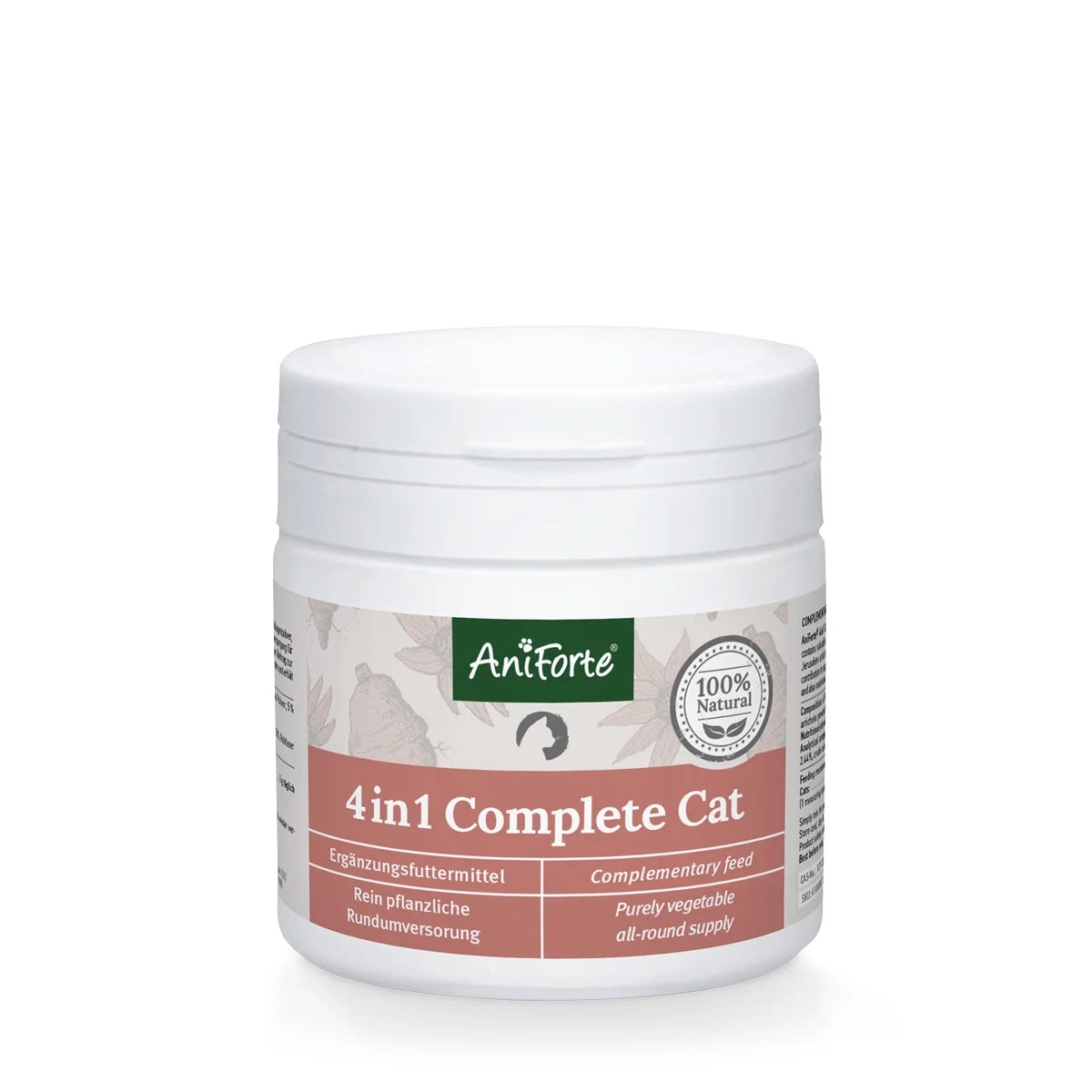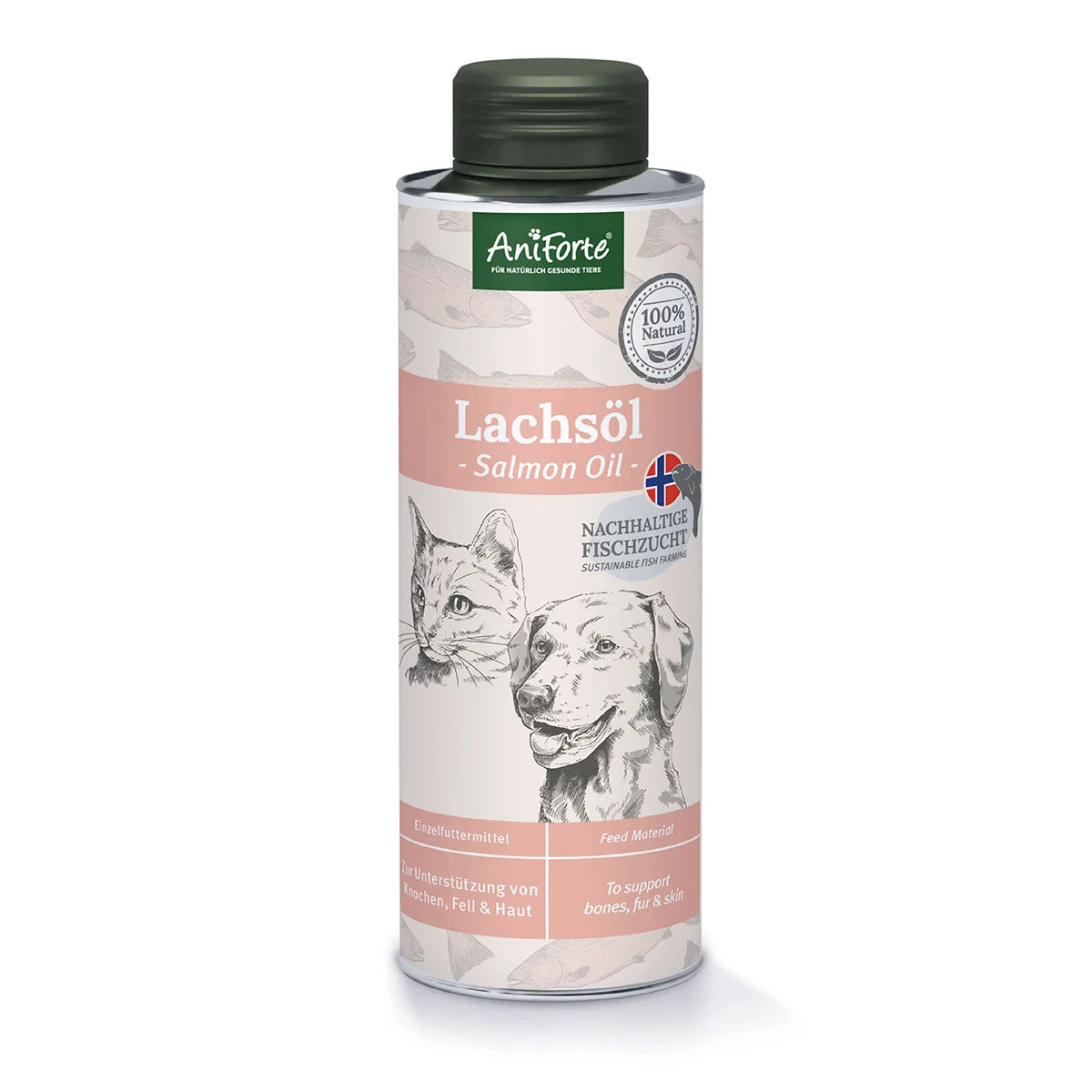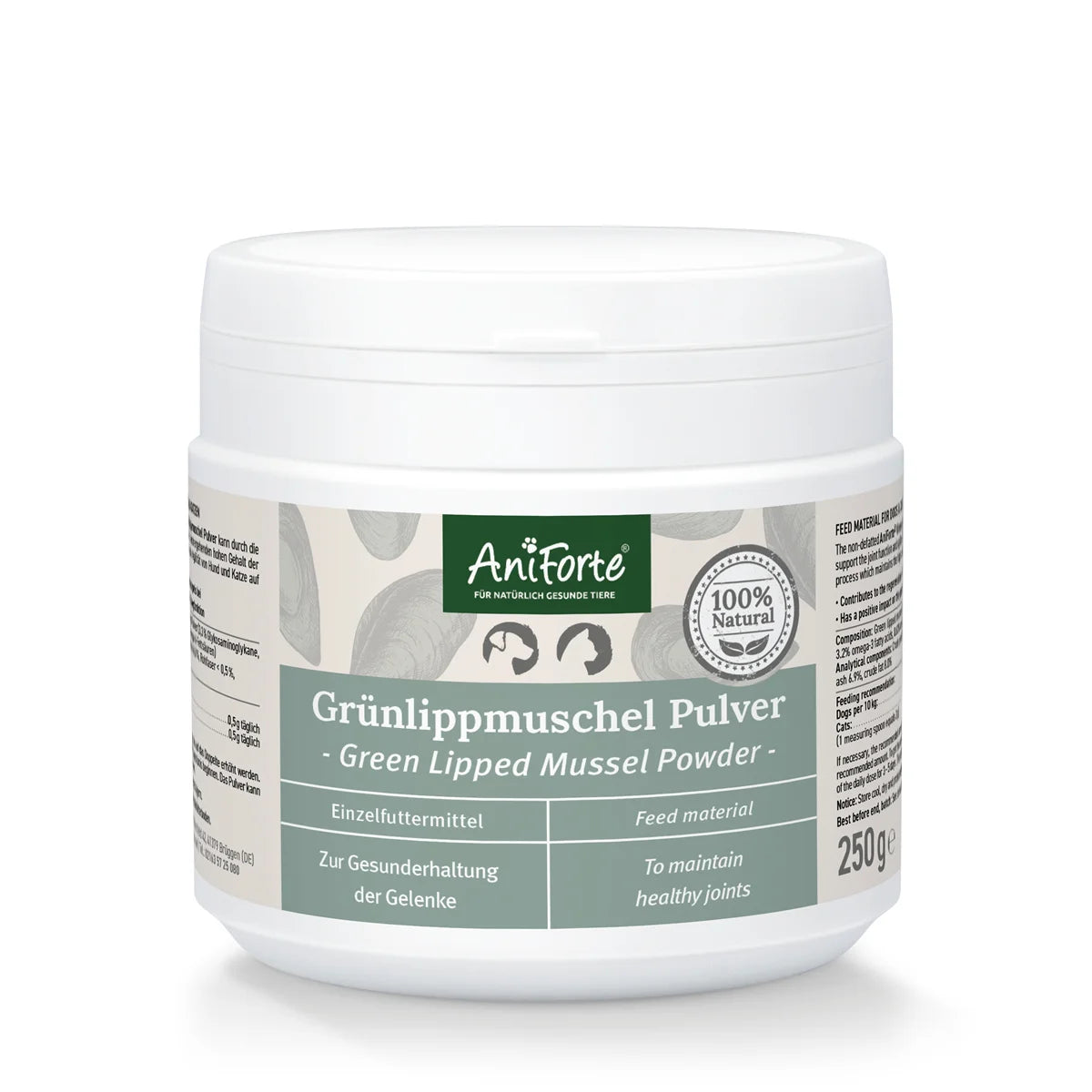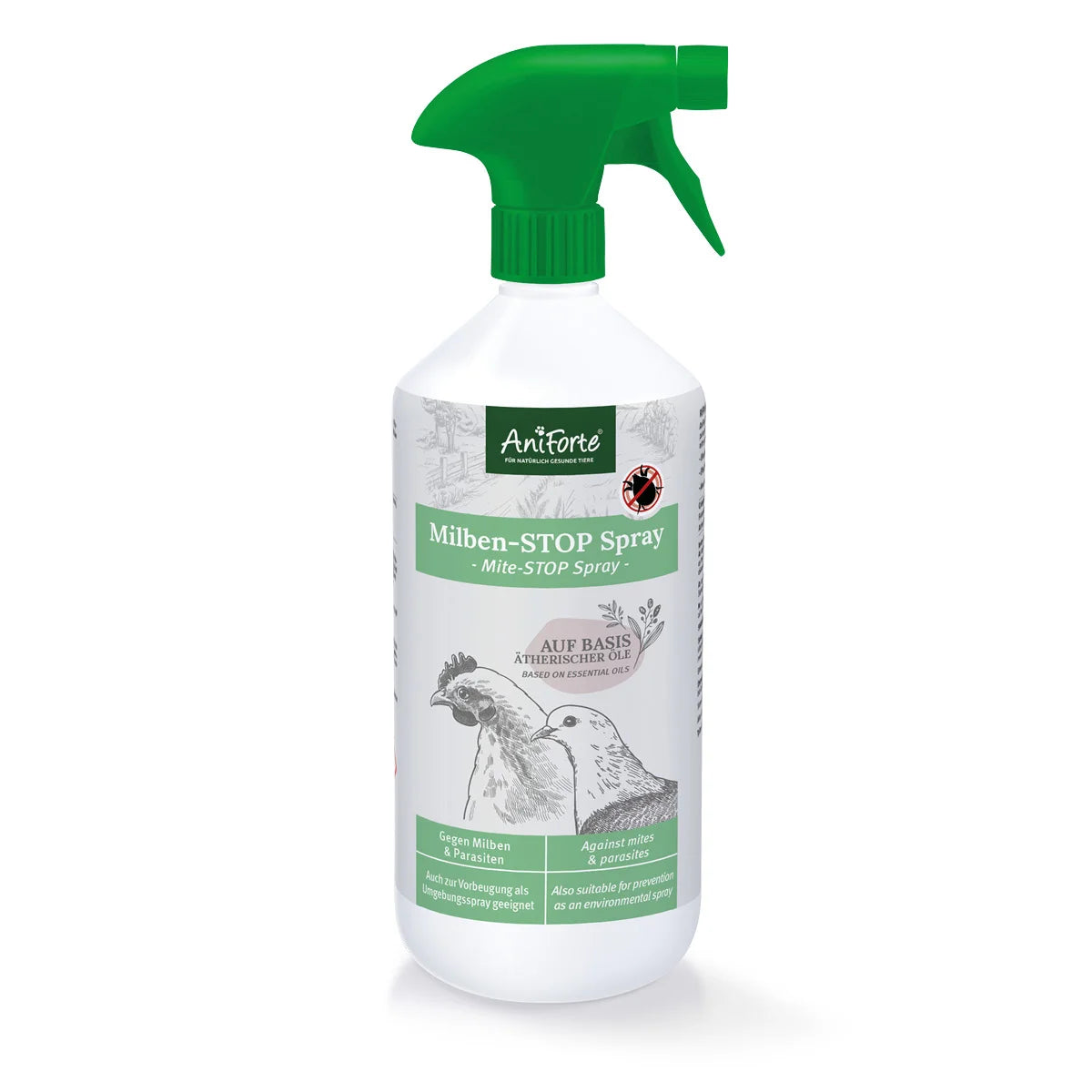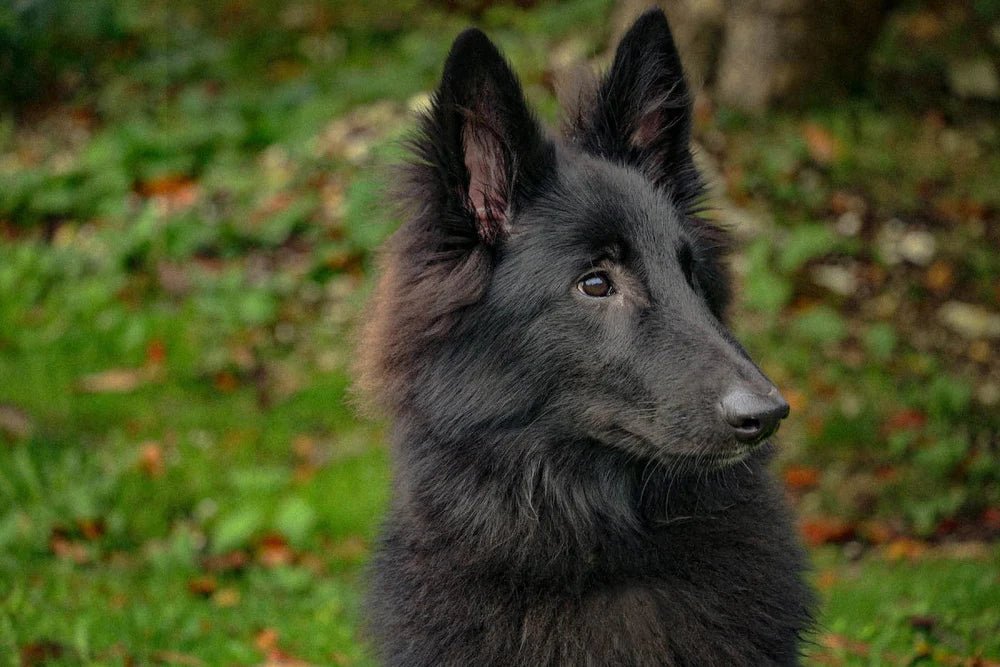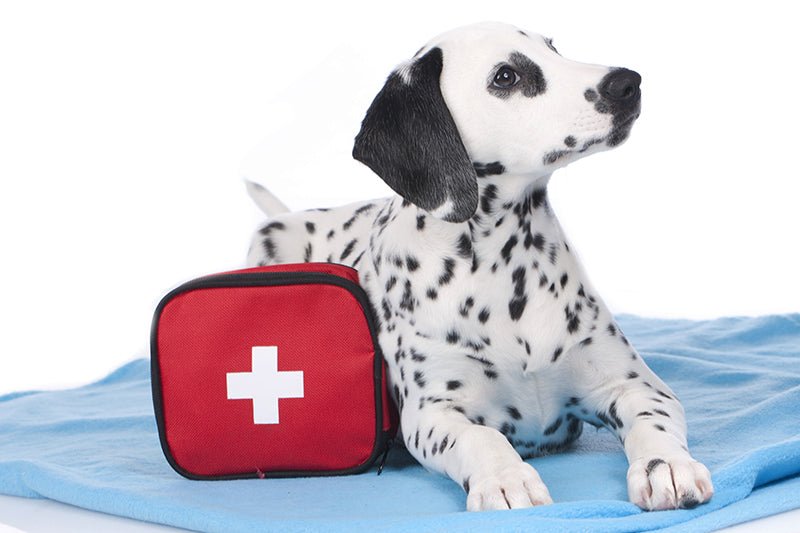
The sun is shining, the birds are chirping and the temperatures are climbing. Just the right time to take your dog for long walks and enjoy nature. Does your dog seem tired and listless? He strolls several meters behind you while walking and doesn't seem to show any great interest in his surroundings? You can hardly get him out of the basket and after a few rounds of fetch he gives up? It is quite possible that spring tiredness caught a hold of him. The transition from winter to spring not only saps strength and energy from us humans, but can also be very pronounced in dogs.
Causes and symptoms of spring fatigue
The cold season is finally over and our body functions slowly wake up from hibernation; the body’s melatonin content is dropping. This natural mechanism also applies to our dogs. During the darker months of the year your dog's level of the sleep hormone melatonin is increased and tiredness spreads. In addition, many bodily functions run a little slower in winter, as our dogs are usually outside much less. Metabolism is down, energy production of your four-legged friend is at a low level and there may be serotonin deficiency. All of these processes need to be re-started in the spring, so it is not surprising that the switch from cold to warm presents a problem for your dog. He sleeps a lot and appears tired and limp. Especially sensitive dogs often find it more difficult to switch from winter to spring.
Changing fur costs energy, strength and nutrients
In keeping with the rising temperatures, the dog’s coat change is starting. While the thick undercoat protects the dog in winter, it would be a burden in the warm months, so it needs to give way to the lighter summer fur. This is a process that can take a few weeks. When the temperature rises quickly, your dog can get too warm and he has to rest regularly and look for a place in the shade.
Associated with the change of coat there are some metabolic stresses. Your dog’s body needs many more specific nutrients and the immune system could also use some support. The animal’s biorhythm has to adjust to the seasonal changes again and again, which costs the body energy.
Goodbye winter fat
It is not uncommon for dogs to come out of winter with a little more fat on their hips than they should normally have. Sometimes we like to keep the walks short in dreary weather, but the food ration and energy supply are not reduced. The process of losing weight also contributes to the sudden tiredness of your four-legged friend.
How you can support your dog during springtime fatigue
With just a few simple steps you can effectively support your dog during the lethargic phase and counteract his exhaustion.
Adjust nutrient intake
Due to the numerous metabolic processes in your dog’s body, you will need to adapt the supply of nutrients. To make it easier for your dog to change coat, you can add high-quality oils to the daily food. Linseed oil or salmon oil are important omega-3 suppliers that not only strengthen your dog's coat, but can also help keep the skin healthy. The essential fatty acids are part of the cell membrane, but cannot be produced by the body itself. Therefore, an increased intake of omega-3 fatty acids is recommended, especially during the fur change.
A balanced vitamin balance can also reduce the symptoms of springtime tiredness in dogs. The vitamins of the B group play an important role here. As co-factors, they are involved in many metabolic functions and are the firewood for the energy metabolism and many synthesis processes in the body. Unfortunately, your dog cannot store these vitamins for a longer period of time because they are water-soluble and the residue is simply being excreted. To avoid resorting to synthetic agents, you can give your dog natural brewer's yeast. It is rich in vitamin B, especially biotin, which supports coat growth and regulates the dog's vitamin balance.
Variety with the walk
Many dog owners tend to have a dog walk routine with little variety. A little variety can motivate him again - especially during springtime fatigue.
To make the walk a little more interesting, you can try out some commands while walking and maybe even learn some new tricks. If your dog sometimes runs along off the leash, ask him to sit. Once you have his full attention, slowly move away from him a few meters. Then you call him to you and reward him. Repeat this several times. Search games can also be integrated quickly and easily during your walk. Hide a few treats and send your dog off on a search. These little interactions bring your friend out of their rut and also strengthen your relationship.
Provide an occasional change of scenery with new impressions and unknown paths. Exploring unfamiliar areas, sniffing new scents and meeting strangers during these little adventures will be fun for your dog.
Conclusion
Not only we humans can be overwhelmed by spring fatigue; our dogs also sometimes struggle with the seasons changing. A new biorhythm, faster metabolic processes and of course the recurring coat change can weaken our otherwise agile four-legged friends. However, with our support and of course a lot of love, the symptoms of spring fatigue in dogs can be reduced and the lethargic phase can be shortened.

